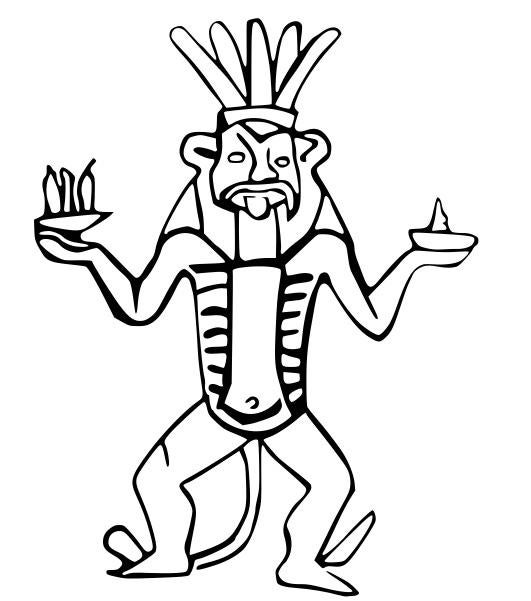Online database of Ancient Egyptian demons created to help work out what they are
Strange figures that were combinations of hippos, lions, humans and other animals were used by the Ancient Egyptians to protect themselves from nightmares and disease

Your support helps us to tell the story
From reproductive rights to climate change to Big Tech, The Independent is on the ground when the story is developing. Whether it's investigating the financials of Elon Musk's pro-Trump PAC or producing our latest documentary, 'The A Word', which shines a light on the American women fighting for reproductive rights, we know how important it is to parse out the facts from the messaging.
At such a critical moment in US history, we need reporters on the ground. Your donation allows us to keep sending journalists to speak to both sides of the story.
The Independent is trusted by Americans across the entire political spectrum. And unlike many other quality news outlets, we choose not to lock Americans out of our reporting and analysis with paywalls. We believe quality journalism should be available to everyone, paid for by those who can afford it.
Your support makes all the difference.A database of Ancient Egyptian demons — featuring dog-headed humans, walking suns and strange hippo-lion combinations — has been created to help experts work out what they are.
Launched at the British Science Festival in Swansea, the online catalogue allows people to look at line drawings of the creatures, which are thought to have been used to protect people from nightmares and diseases.
Professor Kasia Szpakowska compared the figures, which were not quite gods, animals or humans, but something in between, to Native American dreamcatchers used by some people around the world today.
While some of the figures carry large butchers’ knives and look ferocious, they were actually designed to protect people against the malevolent demons.
These were mostly too dangerous to draw for fear they would become real. On the rare occasions they were, they were humanoid figures that were portrayed bound or injured so they could not harm anyone.
Professor Szpakowska, director of the Ancient Egyptian Demonology Project: Second Millennium BC, said: “The ancients Egyptians were just people like you and me that lived a long, long time ago.

“They had the similar problems we have today and the responses to those problems sometimes look remarkably similar to the response today.”
She said the “wonderful and beautiful” figures were carved on array of different items, such as headrests used for sleeping, the legs of beds and ‘wands’ used to mark a circle in the ground for protective magic.
The database, which can be accessed through the website www.demonthings.com, contains line drawings of hundreds of creatures originally drawn over thousands of years of Ancient Egypt’s history.
In some cases they have been given names, such as ‘Bes’, who Professor Szpakowska compared to Roald Dahl’s gremlin characters.
Some look obviously like the animals they portray, but others are a little abstract or indistinct.
Professor Szpakowska said she hoped by making the database available to the public they could help identify the animals or objects depicted.
“Often times somebody with specific knowledge of the thing or the animal can help us identify something that we’re not familiar with at all,” she said.
The scary demons that caused diseases or nightmares were usually not drawn — for what was a very good reason in the minds of the Ancient Egyptians.

“They believed when you wrote something or when you depicted it, it could come to life,” said Professor Szpakowska, of Swansea University.
“Therefore most of the hostile beings were not depicted but were usually described.”
These written descriptions included one who “draws out the heart, who weakens the knees” and another who has “her nose turned backwards and her head turned around” and who has “come in the darkness, who has entered stealthily”.
“These in-between entities were able to travel back and forth between worlds [this world and the underworld],” Professor Szpakowska said.
“They would actually help people who did the right thing. If you didn’t, well then, all bets were off.”
Join our commenting forum
Join thought-provoking conversations, follow other Independent readers and see their replies
Comments